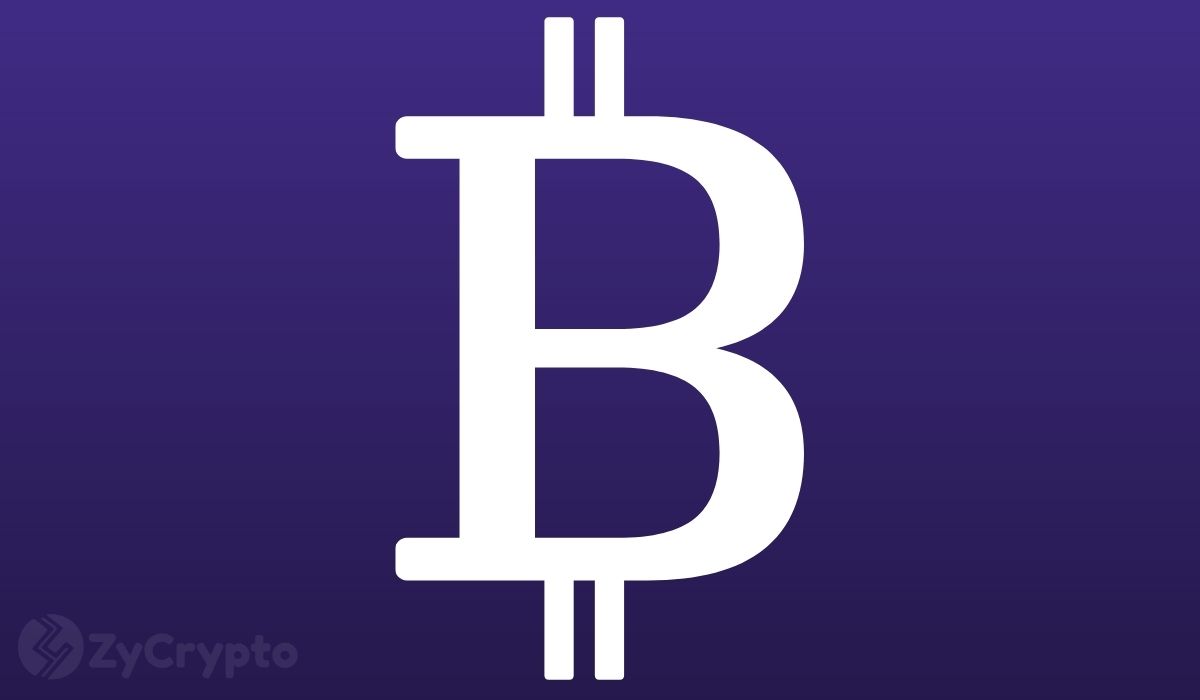Martti Malmi, also known as Sirius, an early student of pseudonymous Bitcoin creator Satoshi Nakamoto, recently disclosed over 250 emails with Satoshi, providing valuable insights into the early days of Bitcoin and Satoshi’s vision for the cryptocurrency.
According to the emails, Satoshi emphasized that Bitcoin is not meant to be an investment or a way to make money. Instead, its true purpose is to create a peer-to-peer electronic cash system that allows for secure and decentralized transactions.
Notably, in an email dated May 3, 2009, Satoshi wrote, “Bitcoin is a peer-to-peer network based anonymous digital currency. Peer-to-peer (P2P) means that there is no central authority to issue new money or to keep track of the transactions. Instead, those tasks are managed collectively by the nodes of the network.”
Satoshi also highlighted the energy efficiency of Bitcoin’s proof-of-work (PoW) consensus algorithm, stating that it consumes less energy than traditional banking systems. He noted that the PoW algorithm is the only solution to make a peer-to-peer electronic cash system work without a trusted third party.
Satoshi also emphasized the importance of creating a user-friendly interface and a clear explanation of how Bitcoin works to attract new users. He suggested creating a website with a FAQ section and a clear explanation of how to use Bitcoin.
In an email dated August 24, 2009, Satoshi wrote, “It would be sweet if there was some way to horn in on a market like that as the official virtual currency gets clamped down on with limitations.”
The emails also reveal Satoshi’s support for creating a currency exchange service that allows users to buy and sell Bitcoins for Euros and other currencies. He noted that this would make it easier for users to exchange their Bitcoins for other currencies, making it more accessible and user-friendly.
“That’s great, I could probably get a donor to send currency to you which you convert to euros and pay out through methods that are convenient for users. I don’t want to do an exchange business myself, but it can be done independently of me.” Satoshi wrote on an August 24, 2009, response to Malmi’s proposition for an exchange.
Notably, Satoshi’s vision has since evolved, with various Bitcoin exchanges established, paving the way for broader adoption and usability. One such exchange, Bitcoinexchange.com, was initially conceived with Nakamoto’s input and later led by Martti Malmi. Nakamoto served as an advisor for the exchange’s inception, advocating for practical strategies such as fixed exchange rates over auction-based systems.
Malmi’s revelations highlight Nakamoto’s unwavering commitment to Bitcoin’s foundational principles of decentralization, accessibility, and utility as electronic cash. This commitment underscores the enduring relevance of Satoshi’s vision, even as Bitcoin continues to evolve and adapt to new circumstances.







